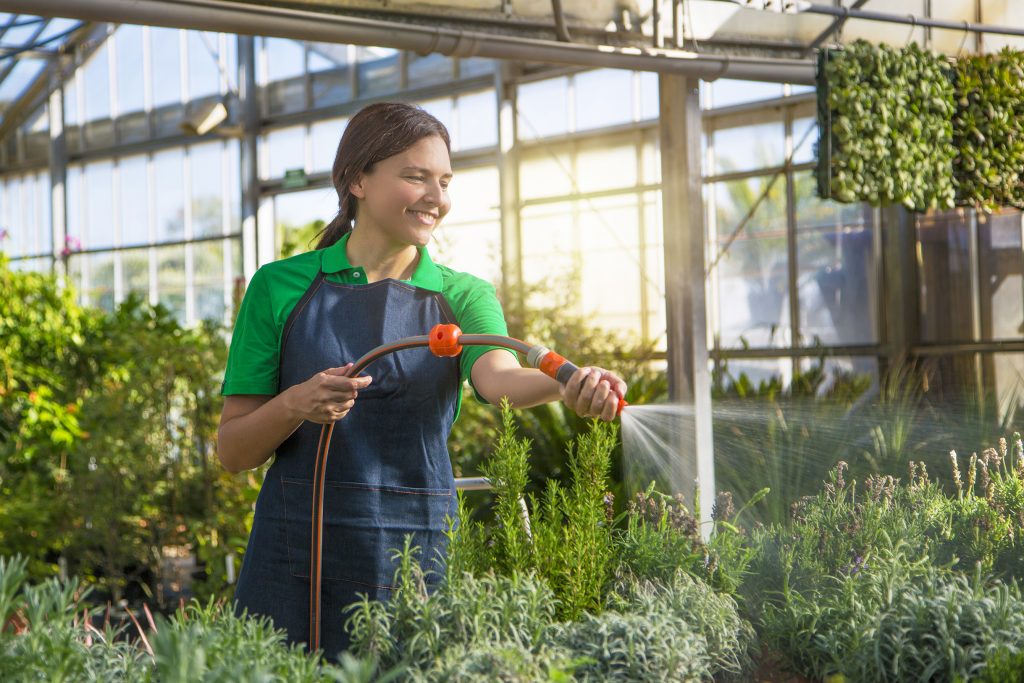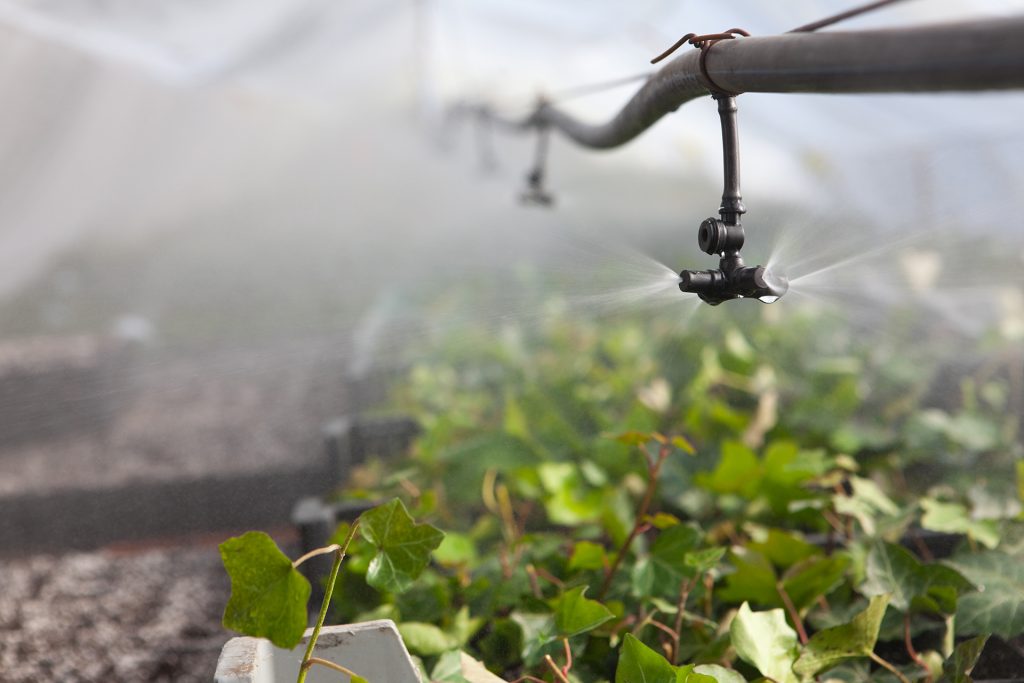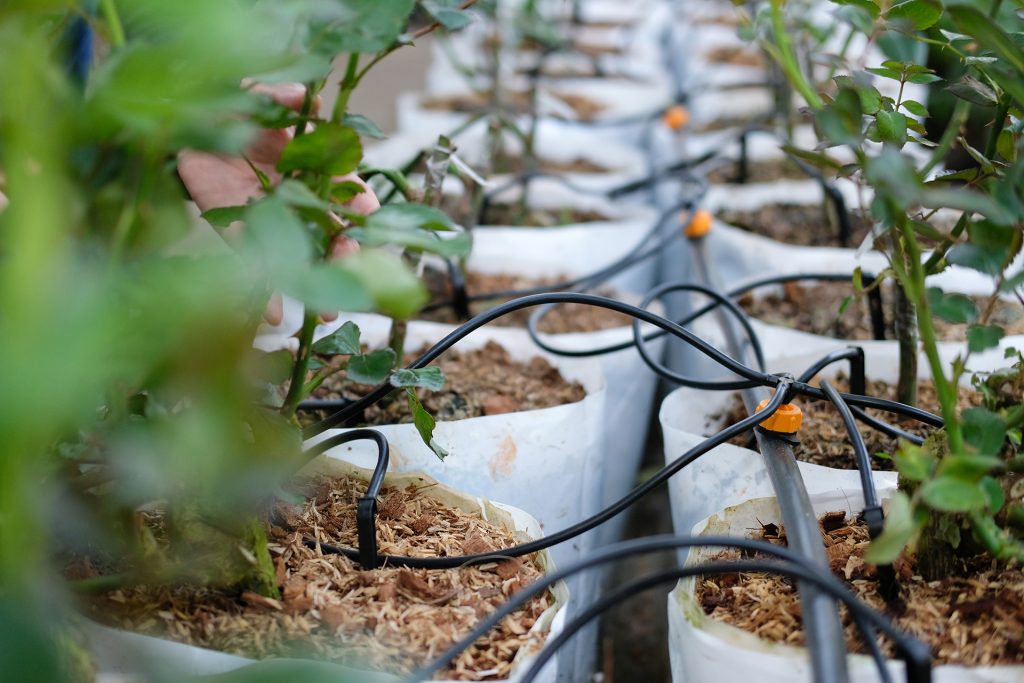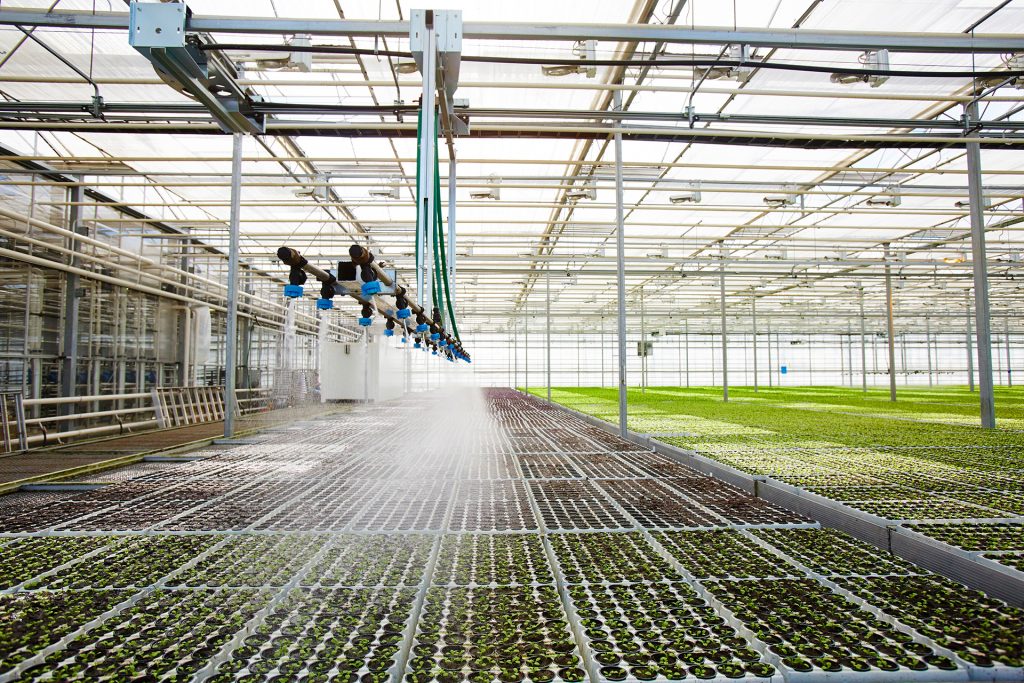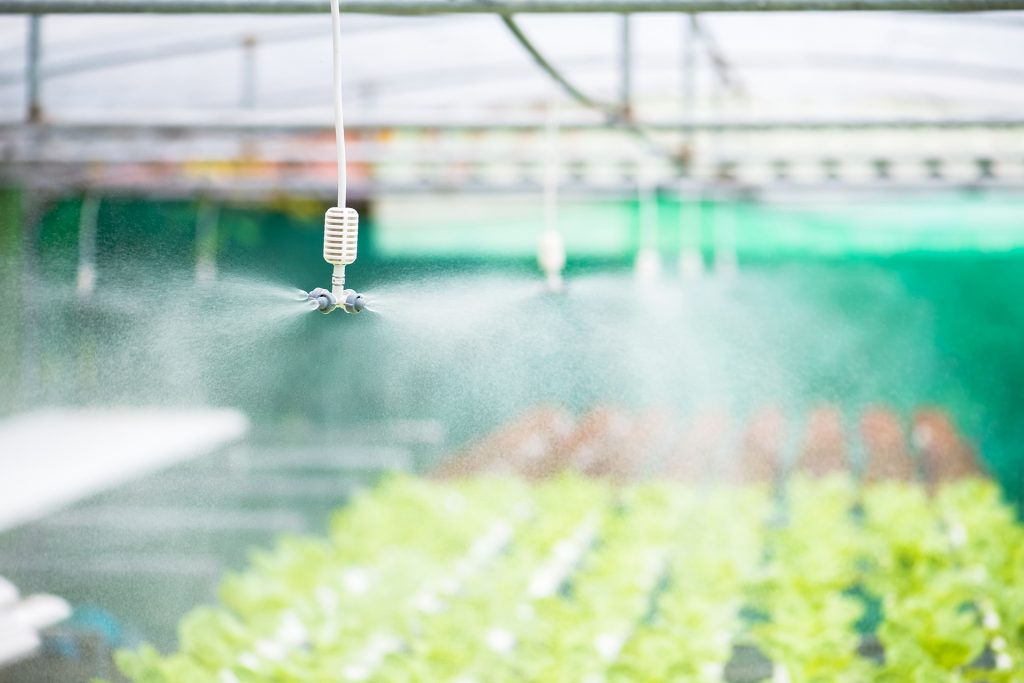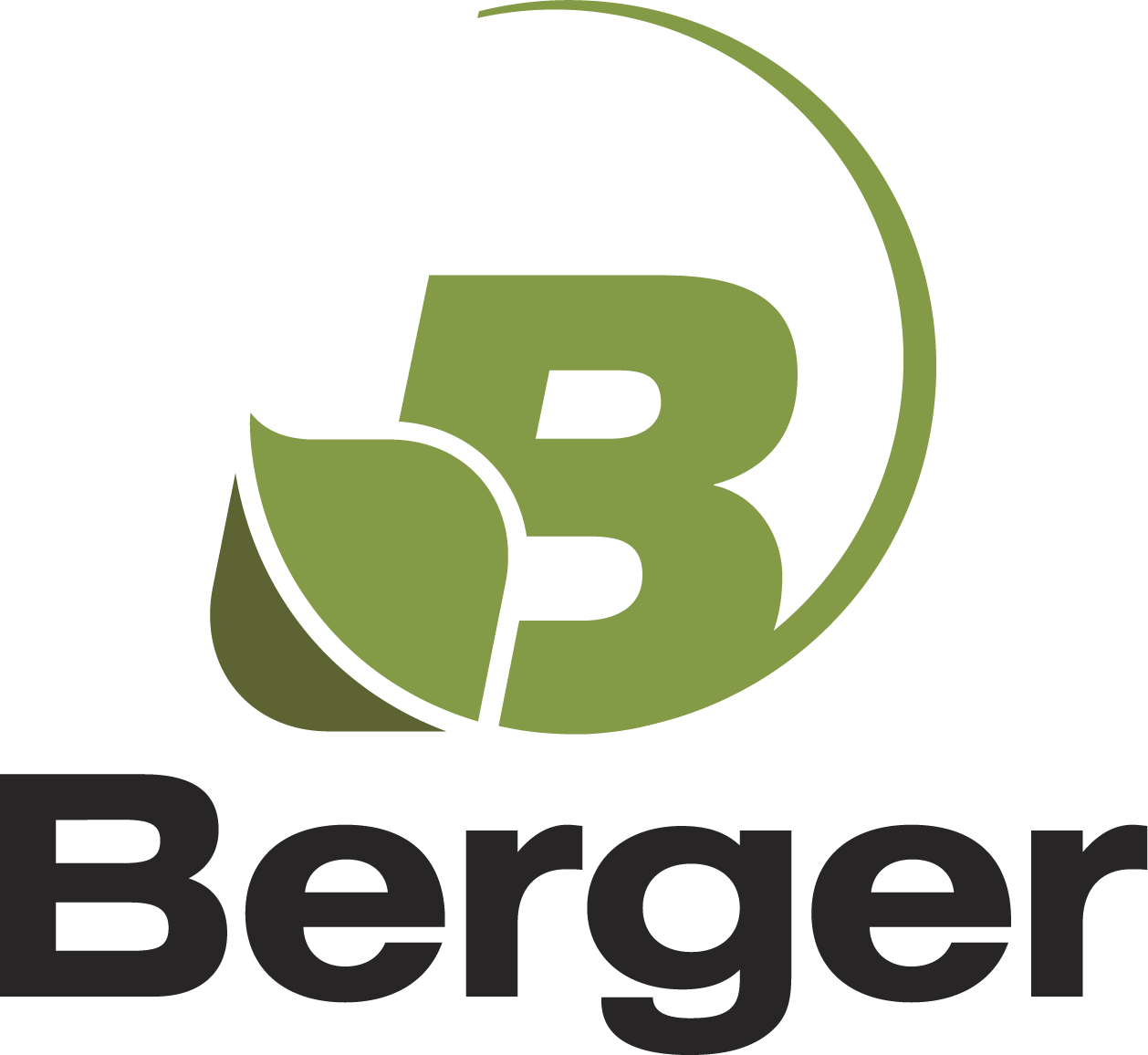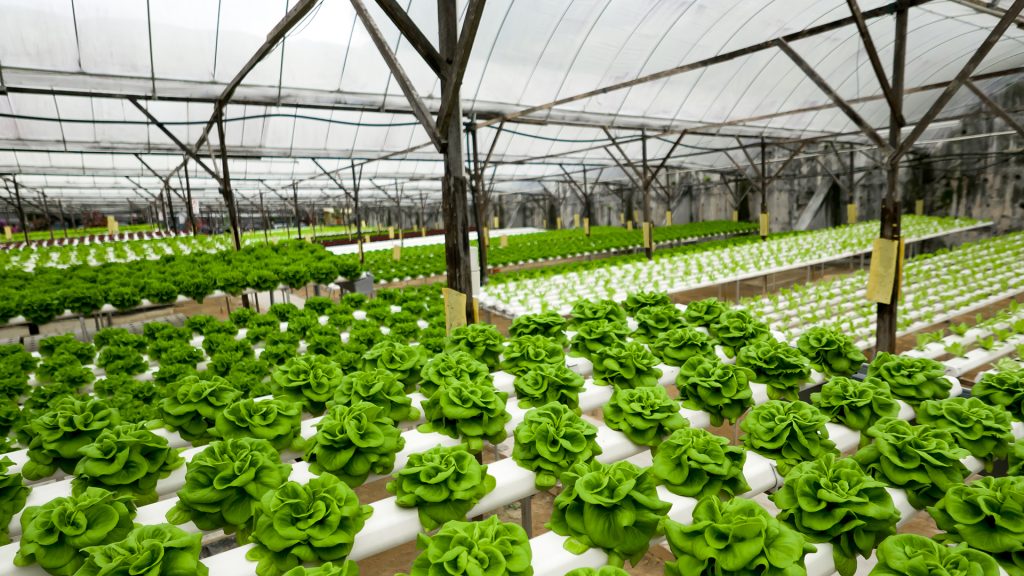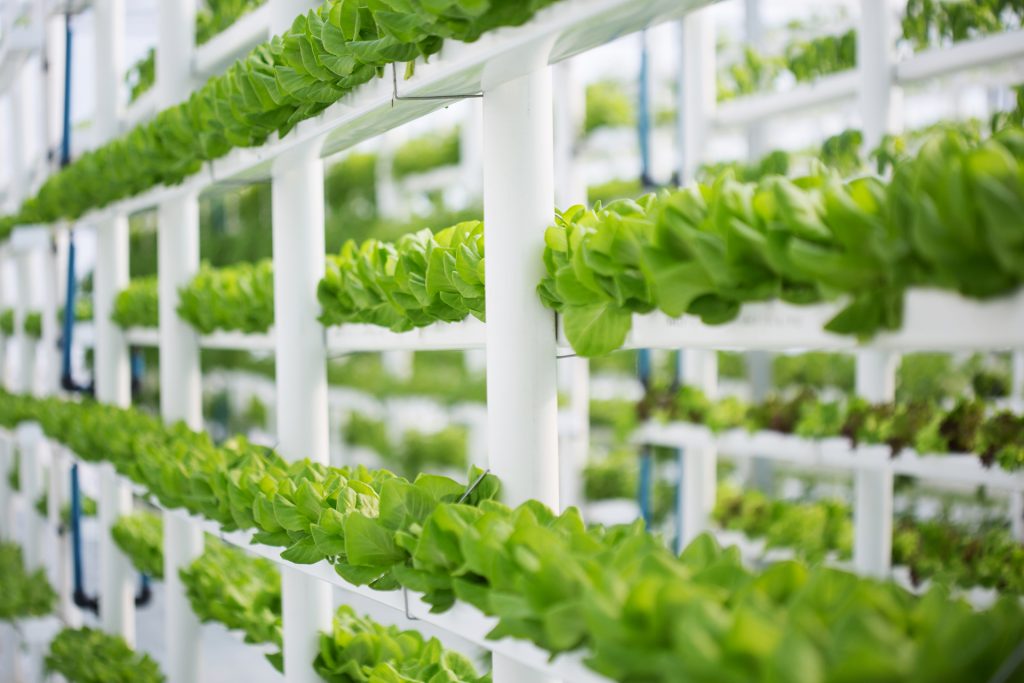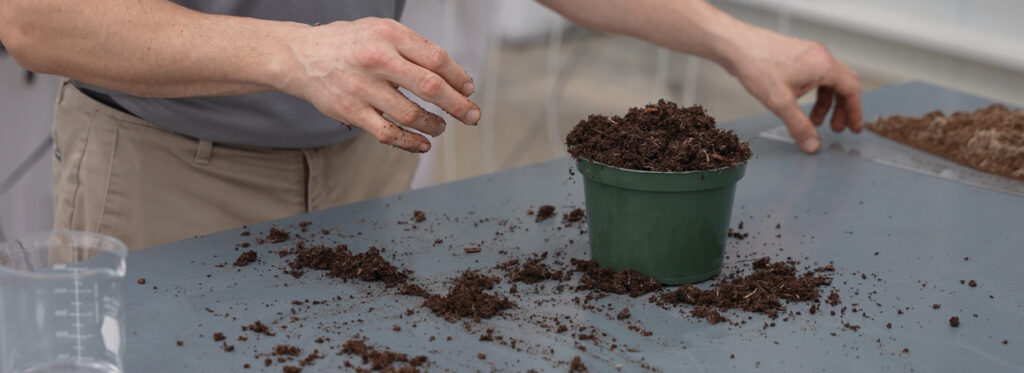Hints and tips
Choosing the Right Greenhouse Irrigation System
Irrigation is one of the most important controllable aspects of growing and could have a major impact on the quality of the crops.
Back to hints and tips
7 Greenhouse Irrigation Systems
By Guillermo Maldonado, Grower Advisor
Irrigation is one of the most important controllable aspects of growing and could have a major impact on the quality of the crops. How then to decide which irrigation system is the best suited to our needs? The answer isn’t always simple and will depend on several factors: type of crop, climate, labor, initial investment, growing media and type of soil, container size… Here are some pros and cons of some of the most common irrigation systems to help you to make the right choice.
Irrigation System no1
Manual Irrigation
| PROS |
CONS |
- Low initial investment (inexpensive equipment)
- Catered irrigation (only the crops that need water get water) – Good opportunity to inspect the crops.
|
- Can be inefficient and uneven; – Requires training and experience;
- Time-consuming task (more labor);
- Hard to keep crop’s canopy dry;
- Can have an impact on the soil structure If the flow isn’t adjusted properly;
- Can be wasteful and hard to apply fertilizer evenly;
- Can’t be automated.
|
Don’t Forget to…
- Inspect plants before irrigation; feel the weight. Remove the container and touch the media. Don’t only base your decisions on a quick visual inspection;
- Avoid overflowing the container or using high pressure nozzles as it disrupts the soil structure; certain aggregates will migrate to the top while the fines will settle at the bottom of the container, reducing overall drainage and affecting the dry down cycles;
- Flush lines before irrigating to ensure the appropriate water or fertilizer solution is applied to all crops;
- Make sure equipment and nozzles are adjusted to get the right flow and droplet size for the type of crop and container size.
Irrigation System no2
Sprinkler/Micro Spray Systems
| PROS |
CONS |
- Can be timed and automated;
- Can be used for a specific crop where low air humidity is an issue;
- Can be used to impact micro-climate around the plant and canopy;
- Medium to low initial investment.
|
- Less efficient and wasteful if not managed properly;
- Uniformity can be a challenge;
- Low efficiency on dense canopies (may result in excessive runoff).
|
Irrigation System no3
Drip Irrigation
| PROS |
CONS |
|
|
- Medium to high investment;
- Water distribution can be problematic if growing media becomes too dry or drippers aren’t positioned properly;
- Cleaning and maintaining the system can be challenging;
- Further investments are required to collect, treat and reuse water (Gutters, collection reservoir, filtration system, UV system, …);
- If leachate is not collected, a lot of water can be wasted.
|
Irrigation System no4
Water Booms
| PROS |
CONS |
- Major reduction in labor costs;
- Can be programmed and automated;
- Can be used as a sprayer;
- Can be used to apply different types of products;
- Even coverage of the canopy;
- Excellent choice for large-scale monocrop productions.
|
- High initial investment;
- Only possible for certain types of greenhouses;
- For better results, a trained operator is required to adjust equipment and carry out preventative maintenance;
- Difficult to manage with smaller batches of different crops at different growth stages.
- Easier to manage and better results with a uniform, high-quality growing media
|
Irrigation System no5
Sub-Irrigation- Ebb & Flow (for hydroponics systems)
| PROS |
CONS |
- Positive impact on evenness and uniformity of soil moisture;
- Can be applied to different growing systems;
- Water is typically collected and recycled, which significantly reduces wastewater;
- Can be used for a variety of plant species and container sizes;
- Plant canopy and foliage remain dry.
|
- Medium to high initial investment;
- Can cause salts to build up in the growing media (cannot flush the mix through this system);
- Generates a lot of wastewater if it isn’t collected;
- Requires a growing media with excellent wickability (capillarity), but also sufficient drainage;
- If the water is contaminated, the disease will spread rapidly;
- Must have an efficient water treatment system in order to safely reuse water.
|
Irrigation System no6
NFT – Nutrient Film Technique (for hydroponics systems)
| PROS |
CONS |
- Water is always in motion (improves dissolved oxygen (DO2) content);
- Water can be reused and recycled;
- The system is typically programmed and automated;
- Decreases water usage as it runs through the system in a loop.
|
- High initial investment;
- Needs to be managed by a qualified operator;
- Little room for mistakes (roots directly exposed);
- Requires a climate-controlled environment;
- Difficult to control pathogens as they can spread rapidly.
|
Irrigation System no7
Mist Fogging
| PROS |
CONS |
- Ability to apply high volumes of water through very fine droplets;
- Most suitable option for germinating chambers/rooting stations;
- Effective impact on air humidity and climate in the greenhouse/growing area.
|
- Medium to high initial investment; – Higher when we include the costs of a germination chamber
- Requires an extremely efficient filtering system;
- Must install a high pressure line.
|
Whichever irrigation system you choose, preventative maintenance is always recommended. Make the proper adjustments when cycling through different seasons, crops and growth cycles. Be pro-active and implement the best practices to ensure the healthy growth of your crops.
